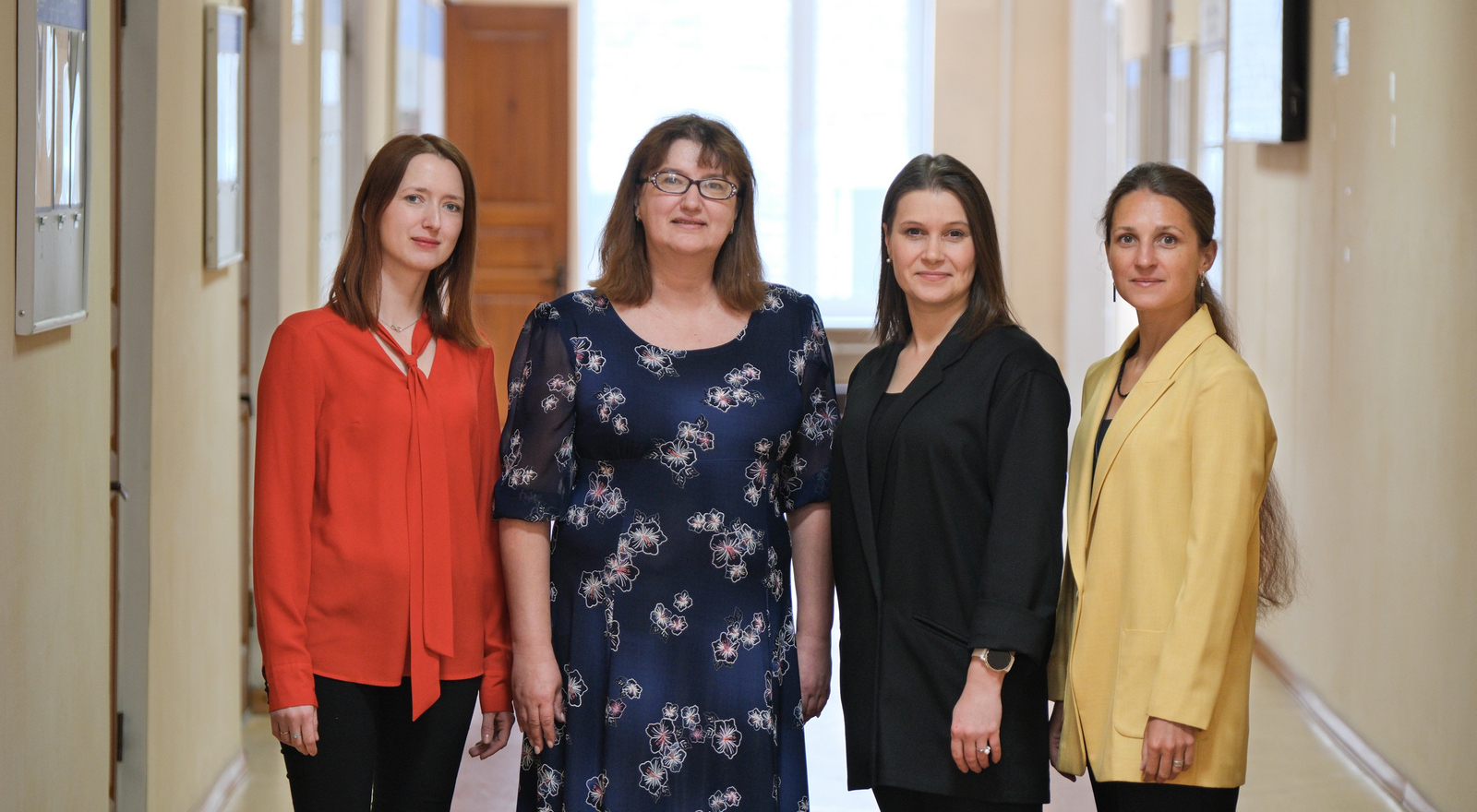A group of early-career scientists from the Institute of Applied Mathematics and Computer Sciences of Tomsk State University, headed by Professor Svetlana Moiseeva, is creating new models of information transmission over wireless communication channels that will improve communication speed and quality. These mathematical models will be used by large Russian and global communication companies that are interested in an efficient multimodal information transmission.
The project is supported by a grant from the Russian Science Foundation. New mathematical models with various degrees of detail will be calculated for multimodal wireless information transmission in the mass service systems of various configurations.

Svetlana Moiseeva explained that mathematical modeling involves description of some processes using formulas, equations, inequalities, or other mathematical expressions.
Information is collected, processed, and stored, and transmitted via various communication channels, by various companies such as MTS, Rostelecom, and Megafon. Polymodal information is used in telemedicine and robotics, biometric data processing systems, climate or medical monitoring systems, and banking.
“Mathematical models of information processing are used in fields containing diverse data that require transmission through communication channels. However, mathematical modeling of data transmission lacks some R&D,” said Svetlana Moiseeva. “This became relevant not long ago, so mathematicians have not had time to respond to the request of companies involved in the transmission of information through communication channels. Our department is almost the only one in Russia that deals with the queueing theory. TSU has the most prominent school of applied queueing theory in the country, and we are acknowledged and respected all over the world.”
Doctor of Physical and Mathematical Sciences, Professor Svetlana Paul, and early-career scientists, Candidates of Physical and Mathematical Sciences, Associate Professors Elena Danilyuk and Ekaterina Fedorova, are working in this project.